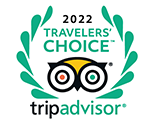Top 8 Highest Mountain in Nepal - Nepal Mountain Names
Nepal, a tiny landlocked country in-between two giant countries: China and India, is profoundly renowned as the land of the Himalayas due to the world's highest mountain in Nepal, Mt. Everest. The highest point on the Earth from sea level, Mt. Everest (8,848m) and more than the other 100 peaks have become the introduction of our country. Among 14 peaks above 8,000m in the world, Nepal possesses eight (8) peaks which are enlisted in the top 10 world’s highest peak. Synonym to Nepal: The Himalayas are standing tall and high under the canopy of blue sky and welcoming the adventurous mountaineers, travelers, and trekkers. Geographical diversity, cultural prolificacy, unspoiled nature, hidden lands, sapphire landscape, and dazzling mountains are some of the famous features appealing the tourists in Nepal. These mountains are the brand ambassador of Nepal’s Tourism sector and also a good source of income.
The list of top 8 Highest Mountain in Nepal
Mt. Everest (8,848m):

The highest peak in the world with the elevation of 8,848m from sea level was naturally formed when the Indian subcontinent collided with Eurasia about 55 million years ago. The world acknowledges where Mt. Everest is located. Today’s highest peak was unknown and hidden from the world’s eye until 1856 when British survey and Expedition Team’s Andrew Wague officially announced: peak XV then (Mt. Everest) was the world’s highest peak.
Since Peak XV (Mt. Everest) was acclaimed as the highest peak, the keen mountain-expedition teams made unsuccessful attempts of ascending the summit from Northside (China-Tibet) in 1921, 1922, and 1924 as Everest route wasn’t opened for the outside world from south ridge route (Nepal) until 1949. The world’s highest point was successfully climbed for the first time by Tenzing Norgay Sherpa and Sir Edmund Hillary on 29 May 1953. It is believed that almost 4,000 people have climbed the Everest summit so far. The list includes Junko Tabei, (first women mountaineer); Kami Rita Sherpa (highest number of times to reach); Jorden Romero (13 yrs young boy); Yuichiro Miura (80 yrs old mountaineer) and great others.
Whatever you give the title: Nepali Sagarmatha, Tibetan Qomolangma, OR, Mount Everest; the highest peak in the world is the center of attraction in recent years. The trend of mountaineering is flourishing in Nepal; however, not everyone can afford $11,000 for Everest permit. MMT has customized various trekking packages in Everest Region: Classic EBC Trek, EBC panorama Trek, Short EBC Trek, Three-Passes EBC Trek, especially for the enthusiastic mountaineers who fancy rendezvous at least at the Base Camp of the world’s highest peak Mt. Everest.
Kangchenjunga (8,586m):
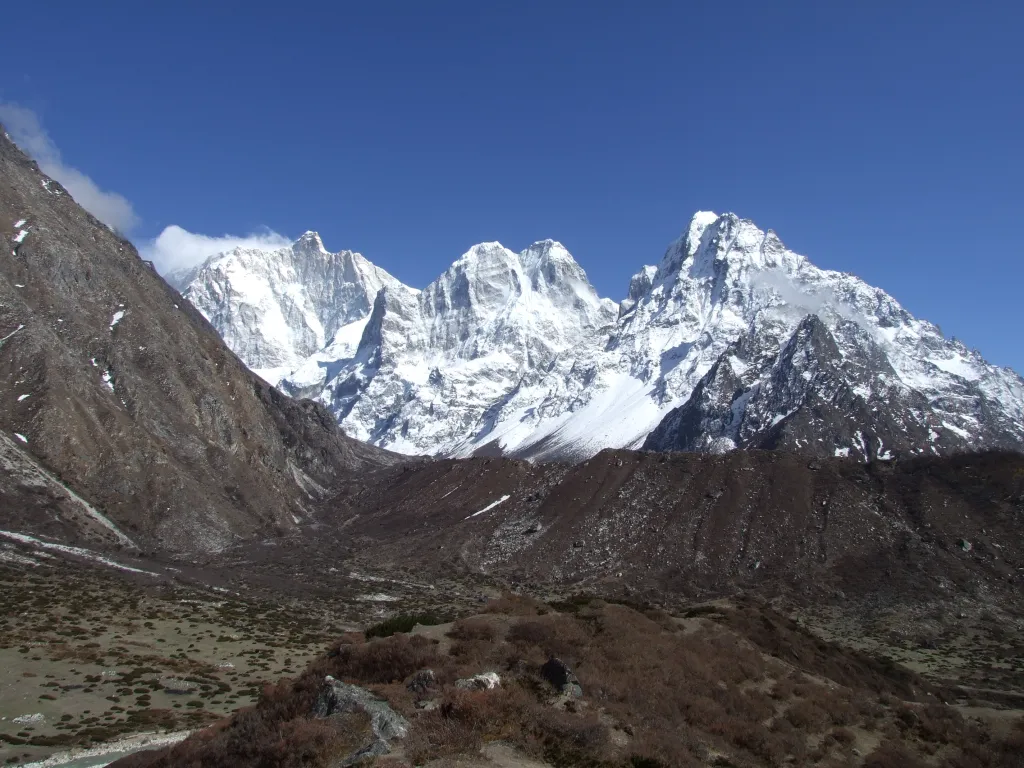
The third (3rd) world’s highest mountain Kangchenjunga was claimed as the world’s highest peak from 1838 till 1849. Although Kangchenjunga is situated on the border of Nepal and Sikkim (India), the route to Kangchenjunga from the northeast side has been closed by the Indian government since 2000; so, Nepal is the only country with 3 alternative routes to ascend Mt. Kangchenjunga.
Many expedition teams attempted to scale Kangchenjunga since 1905, but the members of the British –Expedition team: George Band and Joe Brown officially became the first mountaineers to successfully ascend the peak in 1955. Kangchenjunga means: “The five Treasures of Snow,” as there are five peaks of Kangchenjunga massif: Kanchenjunga main (8,586m), Kangchenjunga West (8,505m), Kanchenjunga South (8,494m), Kangchenjunga Central (8,484m), and Kangbachen (7,903m). It is also believed that the peak is religiously so sacred which is the home of the Kangchenjunga Demon: Yeti.
Located in the Taplejung district of Province no.1, the Kangchenjunga massif is in the bucket list of many mountaineers as well as Trekkers. There are numerous adventurous trekkers who dream to experience the unique features: picturesque valleys, coruscating peaks, beguiling nature and several species of flora and fauna of this region. Kangchenjunga RegionTrekking is the best choice to travel in the unexposed wonderland through the un-trodden trails.
Lhotse (8,816m):
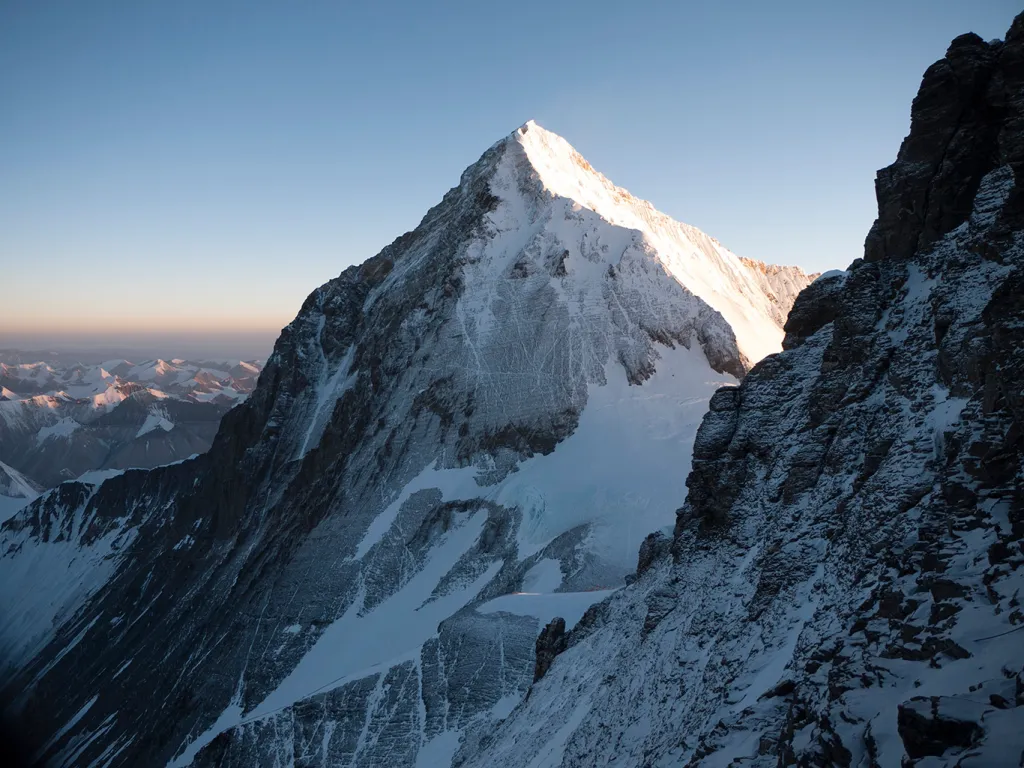
With the elevation of 8,816 m from sea level, Lhotse is Nepal’s third and world’s fourth-highest peak situated in the Khumbu region. Being the part of Mahalangur Himal, Lhotse is sometimes mistakenly considered as the south peak of Everest massif but Lhotse is an autonomous peak that consists of three peaks: Lhotse main (8816m), Lhotse Shar (8,383m) and Lhotse middle (8,414m). Lhotse came in limelight after the peak was successfully scaled by Ernest Reiss and Fritz Luchsinger in 1956.
Lhotse has gained its popularity as the Lhotse route follows the same Everest route up-to Yellow band beyond EBC Camp 3. The Lhotse peak is one of the most difficult and rarely attempted peaks above 8000m due to deadly rocks, dry surface and prone to rock falls. Lhotse can be the adventurous mountain expedition for the economical mountaineers who want to accomplish mountaineering in half of the Everest price.
Makalu (8,485m):
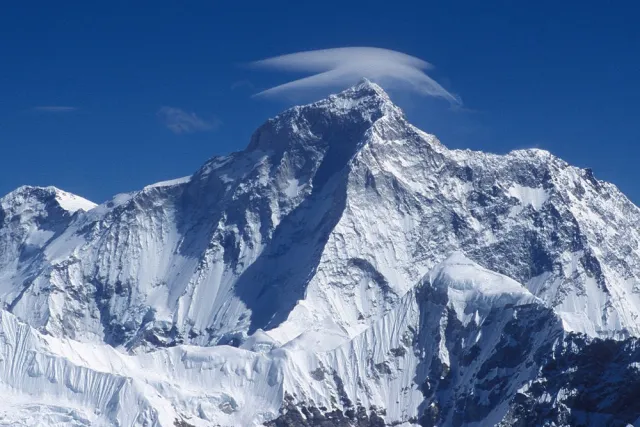
The fifth highest peak on the planet at 8,485m, Makalu is located in the Mahalangur Himalaya, on the border between Nepal and Tibet (autonomous region of China). Mt. Makalu, 14miles east of Everest, is a magnificent peak that got the attention of the mountaineers only after the successful attempt of Mt. Everest.
The peak is considered as one of the most challenging and difficult peaks due to the steep pitches and four sharp ridges. Makalu was first summited in 1955 by Lionel Terray and Jean Couzy of French expedition while the first attempt made by an American team in 1954 was unsuccessful due to the heavy storm.
Makalu Base Camp Trekking is the alternative option to the adventurous trekkers and mountain lovers which offers plenty of rewards including: off the beaten path trail, rhododendron forests, challenging routes, rare wildlife, traditional culture, etc.
Cho Oyu (8,188m):
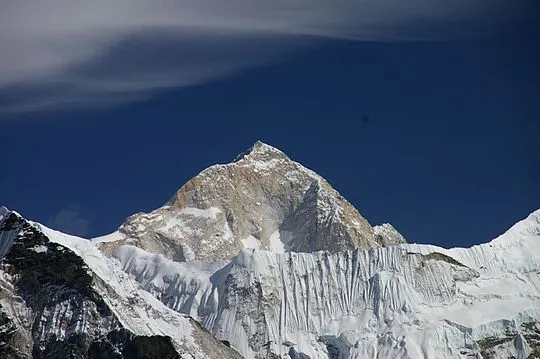
Cho Oyu is the sixth highest peak in the world located 20 km west of Mt. Everest in the Khumbu sub-section of Mahalangur Himalaya. The peak is the second most climbed 8thousander after Everest and is also considered as the easiest peak to be climbed above 8,000m. Famously known as “Turquoise Goddess” in Tibetan language, Cho Oyu is in the expedition list of enthusiastic mountaineers.
This peak was first attempted in 1952 by the British expedition as a trial of Mt. Everest, but the successful attempt was made only in 1954 by Hebert Tichy, Pasang Dawa Lama, and Joseph Jochler. Cho Oyu peak has two main routes to reach the top among which Nang La Pass is the easiest route of the trail. Due to the easy accessibility of the peak, it is also considered as the “Trekking peak” and is famous among mountaineers and Trekkers.
Dhaulagiri (8,167m):
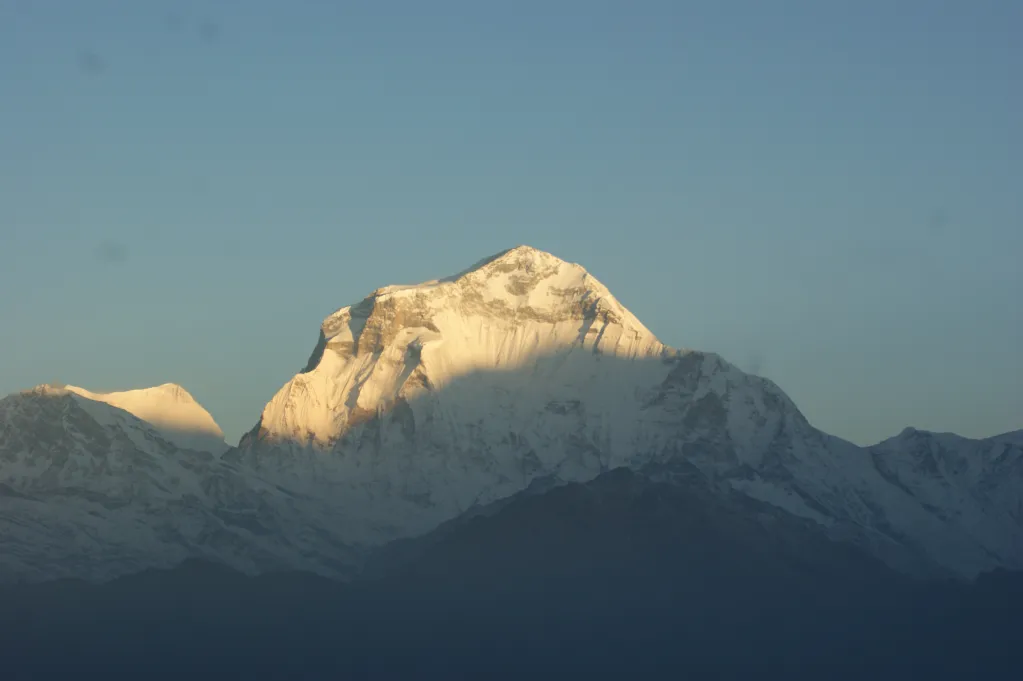
Dhaulagiri, the seventh (7th) highest peak in the world, is situated entirely in Nepal at 8,167m from sea level. In 1808, when the mountain was discovered, it was considered the highest peak in the world and it remained the world’s tallest for 30 years. Dhaulagiri is the name derived from Sanskrit meaning “Beautiful White Mountain”. The peak was successfully climbed by the Swiss/ Austrian expedition in 1960 with the help of an airplane, though it is not allowed to fly over the Himalayas. Mount Dhaulagiri can be seen tremendously from Annapurna Base Camp Trekking "Poon Hill"
Dhaulagiri is the main massif peak with its numerous subsidiary peaks including Dhaulagiri II (7,751m), Dhaulagiri III (7,715m), Dhaulagiri IV (7,661m), Dhaulagiri V (7,618m). The most exciting peak offers the surging world’s deepest Kali Gandaki Gorge which flows between Dhaulagiri and Annapurna I.
Manaslu (8,163m):
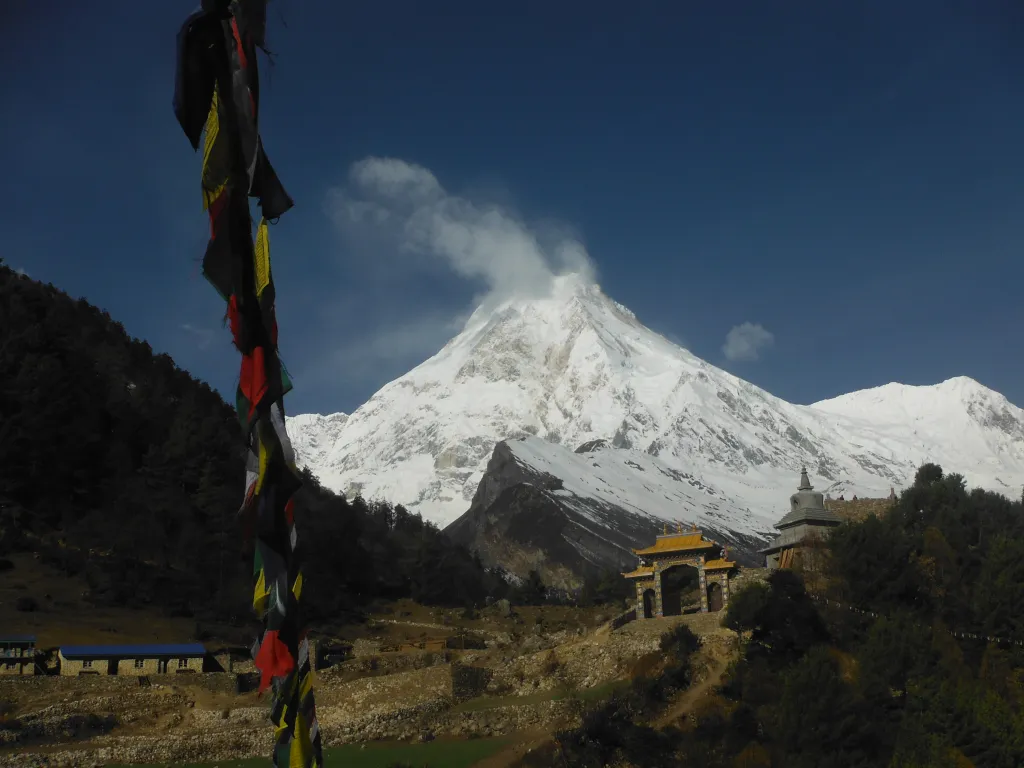
The eighth highest peak in the world, Manaslu, is the highest peak of Gorkha massif. It is one of the 8thousander peaks which is entirely situated in Nepal. Manaslu is the name derived from Sanskrit which means Mountain of spirits.
Toshio Imanishi and Gyalzen Norbu from the Japanese expedition were the first to successfully ascend the peak in 1956; but before them, H.W Tilman and the team explored the peak and the route during their unsuccessful attempt of Annapurna IV in 1950. The peak is one of the most dangerous peaks and some locals also name it Killer Mountain due to the high number of the death toll on this peak.
Trekking in this region is prohibited for solo Trekkers as the region is a restricted land and requires a special permit pass; so this mountain is in low priority of mountaineers. Manaslu region is the unexposed treasure hidden in the Himalayas so MMT accompanies you to travel in this region and offers: Manaslu Trek, Manaslu Circuit Trek, Manaslu Tsum Valley Trek.
Annapurna (8091m):
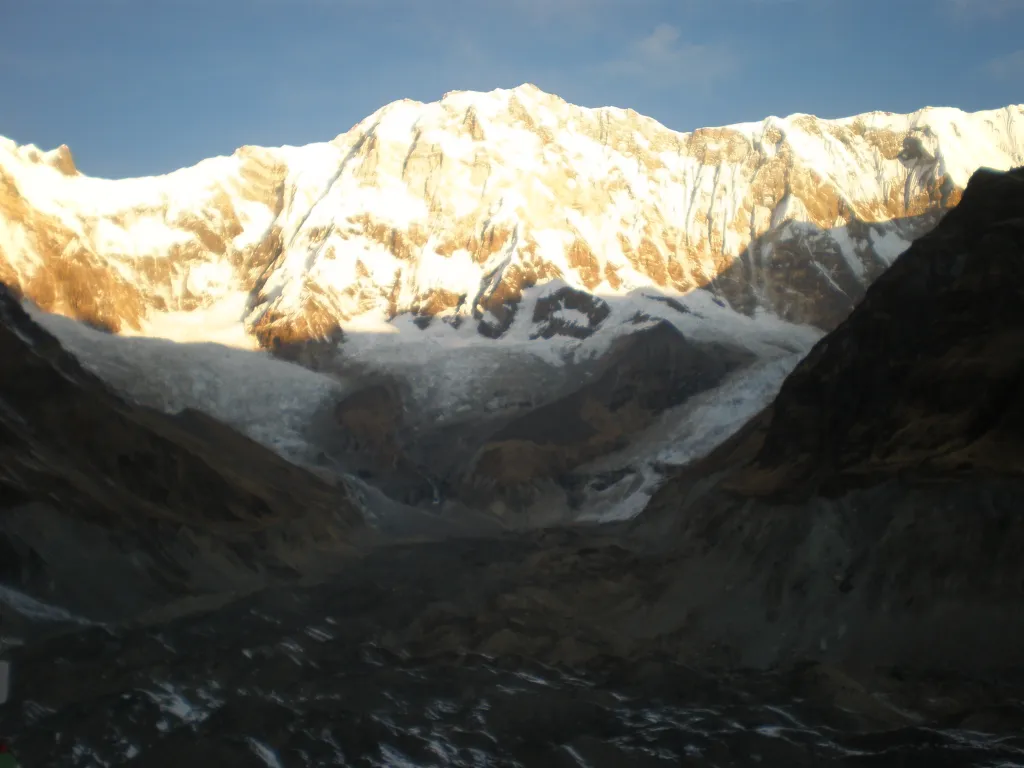
Annapurna, the first-ever 8thousander peak to be successfully climbed is in the list of the tenth (10th) world’s highest peak. The mountain was named after a Hindu Goddess of food and grains: Annapurna which is derived from Sanskrit words ‘Anna’ meaning food and ‘Purna’ meaning full. Although Annapurna I is the deadliest mountain above 8000m as it has the highest fatality rate, this mountain is the first-ever 8thousander to be climbed. Maurice Herzog and Louis Lachenal were the pioneer mountaineers who introduced the Mt. Annapurna by successfully scaling the peak in 1950, three years before Mt. Everest was ascended.
The Annapurna massif is 55 kilometers long including numerous peaks that are protected under Annapurna Conservation Area. The massif is entirely located in Nepal and is surrounded by Kali Gandaki Gorge on West, Myarsyangdri River on East and Pokhara valley on South. The Annapurna Region got popularity only after legendary mountaineer: Colonel Jimmy Roberts introduced the details about this region in his journal ‘Mountain Travel” in 1965. Trekking on the base camp of the Annapurna I is an equally fascinating and marvelous endeavor so MMT has also tailored numerous packages: ABC Trek, ABC circuit Trek, Poon Hill ABC Trek.
More info can be obtained from here

